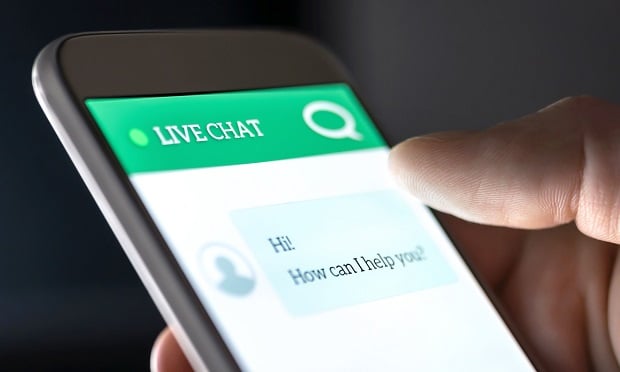 A majority of consumers report that chatbots will actually change their impression of companies over the coming five years, due to the speed and ease with which chatbots allow them to communicate with a brand. (Photo: terovesalainen/Adobe Stock)
A majority of consumers report that chatbots will actually change their impression of companies over the coming five years, due to the speed and ease with which chatbots allow them to communicate with a brand. (Photo: terovesalainen/Adobe Stock)
With the hyper-accelerated growth of digitization that arrived in the wake of the pandemic, consumer expectations have also changed radically. Countless industries are now forced to rethink the way they present themselves and their products.
Recommended For You
Want to continue reading?
Become a Free PropertyCasualty360 Digital Reader
Your access to unlimited PropertyCasualty360 content isn’t changing.
Once you are an ALM digital member, you’ll receive:
- Breaking insurance news and analysis, on-site and via our newsletters and custom alerts
- Weekly Insurance Speak podcast featuring exclusive interviews with industry leaders
- Educational webcasts, white papers, and ebooks from industry thought leaders
- Critical converage of the employee benefits and financial advisory markets on our other ALM sites, BenefitsPRO and ThinkAdvisor
Already have an account? Sign In Now
© Touchpoint Markets, All Rights Reserved. Request academic re-use from www.copyright.com. All other uses, submit a request to [email protected]. For more inforrmation visit Asset & Logo Licensing.







